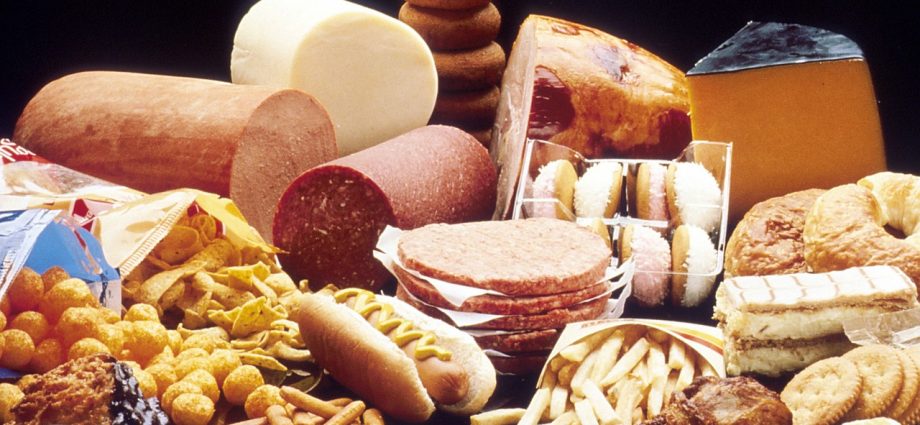a. Myths about Cholesterol – the Good and Bad Sides
Most people think that cholesterol is always bad, but there are actually two types of cholesterol. LDL is considered the “bad” cholesterol, and HDL is considered the “good” cholesterol. If there is too much LDL in our bloodstream, it will form plaque on our arteries. Over time, this narrows our arteries and can eventually block blood flow completely. Dietary cholesterol actually isn’t the primary reason for high cholesterol in the blood; it is high amounts of saturated fat and trans fat. To keep cholesterol low, you should eat unsaturated fats, eat fibrous foods, and exercise more.
b. The Meaning of Numbers in Cholesterol
Adults should see to it that they have their cholesterol checked every 5 years. Four results are given to you, which will show the levels for your LDL cholesterol, Triglycerides, total cholesterol and HDL cholesterol. Should you find your cholesterol levels over or even under the normal range, you need to diet and exercise as a result.
Total Cholesterol – less than 200 mg/dL (5.2 mmol/L)
LDL Cholesterol – less than 100 mg/dL (2.6 mmol/L)
HDL Cholesterol – greater than 40 mg/dL (1.0 mmol/L)
Triglycerides – less than 150 mg/dL (1.7 mmol/L)
c. Can Vitamin E Protect Your Heart?
Vegetable oils, nuts and leafy vegetables are good sources of Vitamin E. Vitamin E is not proven to stop you from getting a stroke, but it can lessen your heart disease risk level.
d. Five Fabulous Foods to Decrease Cholesterol Levels
1. Oatmeal and Oat Bran: These contain a high amount of soluble fiber, which can lower LDL.
2. Fish: Fish is a great source of omega 3 fatty acids, which lowers LDL and raises HDL.
3. Nuts: Not only are nuts high in fiber, but they contain the healthy fats you need to keep LDL in check.
4. Plant Sterols: This is found in foods like margarine, salad dressing, orange juice, and functional cookies. 2 grams per day will lower your LDL by 10-15%.
5. Soy: This popular meat replacement can lower LDL by up to 3%.
e. Plant Sterols and Benefits to Health
Foods such as VitaTops Muffin Tops, Benecol Spread, granola bars and fat free milk are rich sources of plant sterols. You can easily help your heart when you start eating foods packed with plant sterols and avoid eating foods that contain saturated fats. A saturated fat-filled diet is not canceled out by this. Exercising often as well as eating healthy food will keep your cholesterol in check.
About the Writer – Deborah H. Land writes for a cholesterol diet foods site, her personal hobby blog she uses to help people lower bad cholesterol levels.

